Into Serra do Urubu—Brazil's Forest of Hope
Approximately 2,200 species of birds, mammals, reptiles, and amphibians make their homes in Brazil's Atlantic Rainforest. Of these, nearly 200 bird species are endemic to the area, and are found nowhere else on the planet. This incredible wealth of biodiversity, which rivals that of the Amazon, somehow persists despite decades of habitat destruction—this ecosystem that once covered an area twice the size of Texas has been reduce to just 8% of its natural range. All is not lost, however. Within that 8 percent stands the Serra do Urubu, a forest whose name literally means the forest of hope. Here, in the shadow of sugar plantations, birds and butterflies fill the air while bromeliads crowd the branches above.
Follow along with ABC's Brazil Conservation Program Coordinator, Bennett Hennessey, as he recollects his first journey into this astoundingly rich pocket of protected forest.
It was Nov. 8, 2009. Our little hatchback pushed on for hours over a varied surface of dirt, pot-holed asphalt and recently paved road. Werner Deuser—a birdwatcher—and I were enjoying the amazing birdguiding services of Ciro Albano through his Northeastern Brazil Birding Route. We had started with the Grey-breasted Parakeet—which in 2009 was a hard bird to see. We then visited the Chapada Araripe to be amazed by the Araripe Manakin, and we had just left the Lear's Macaw Reserve. Northeastern Brazil was proving to be an amazing place.
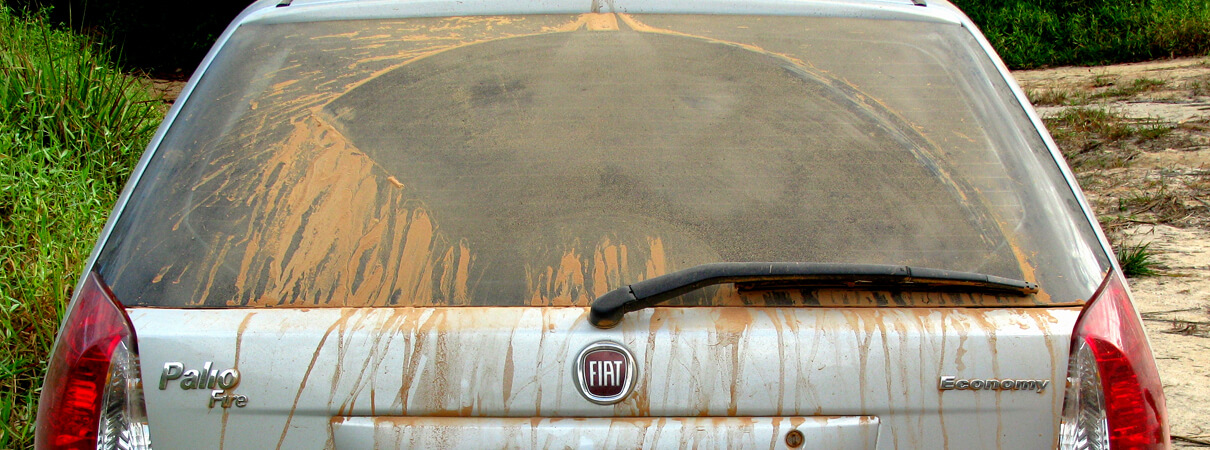
The roads of Northeastern Brazil vary from pavement and gravel, to car-coating dirt. Photo by Bennett Hennessey
Having departed the Lear's Macaw Reserve, we were now deeply invested in a six-hour drive across the Caatinga to reach one of the last lush stands of the Northeastern Brazilian Atlantic Forest—Serra do Urubu. Our vehicle panted on through the midday heat for hours as we passed dry, sparsely treed Caatinga. The land was mostly barren, with few settlements. After many hours of travel, the Caatinga started to green—growing denser and richer with plant life—until we hit a stark border. It was like coming to the edge of a giant sinkhole. There, we dove into a seemingly bottomless abyss of sugarcane plantation.
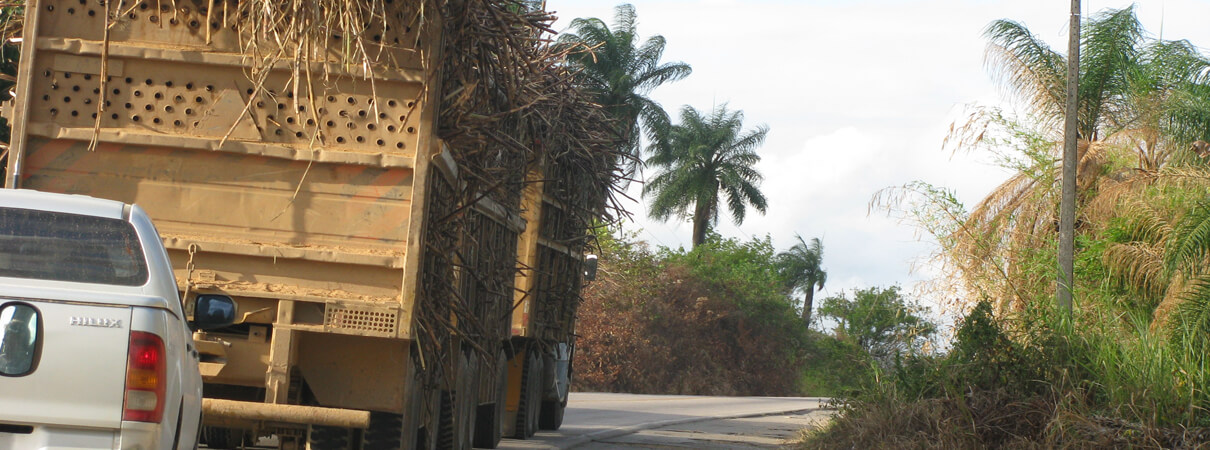
The sugarcane industry transformed vast swathes of Brazil's northeastern countryside into monocultures of sugarcane. Photo by Bennett Hennessey
In 1975, Brazil began the ambitious National Alcohol Program, promoting sugarcane plantations for ethanol fuel security. But this was a ruthless and expansive plan, with no consideration for the other creatures who share the planet with us. As we entered the state of Pernambuco, we entered the geographic heart of the program. We found ourselves driving for hours through a never-ending sea of sugarcane, all of which had been vibrant Atlantic Forest only a few decades ago. This was industrialized agriculture—massive monocropped areas managed by corporations with huge specialized machinery.
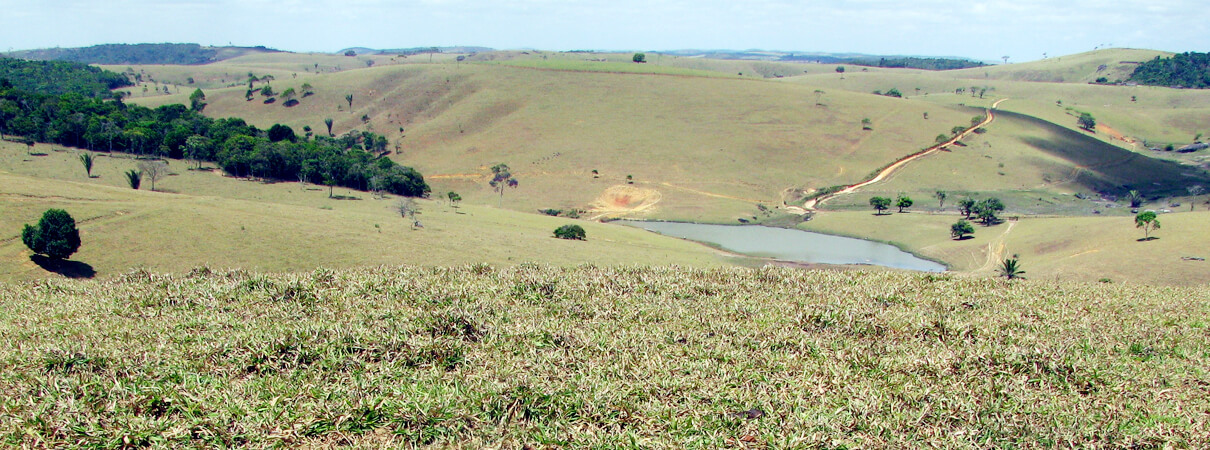
Serra do Urubu—the name literally means "Forest of Hope"—stands surrounded by cleared land and sugar plantations. Photo by Bennett Hennessey
We were heading to one of the last remnants of the Pernambuco Endemism Area Atlantic Forest: Serra do Urubu. Thankfully, the sugarcane company did not clear-cut absolutely everything, and left this patch of old-growth Atlantic Forest on the top of a small hill. As we drove over swells of sheer sugarcane, we could see the dark green forest fragment in the distance, like an island of life in a dead sea. Our hatchback chugged up a moist, gullied track taking us out of the dry sugarcane heat and into a world of life. Birdsong began to fill the insect din, and plants greened our path as we reached Serra do Urubu. Within minutes, it seemed like that wave of destruction had disappeared as we were surrounded by a lush tropical forest where even the air was filled with birds and butterflies.
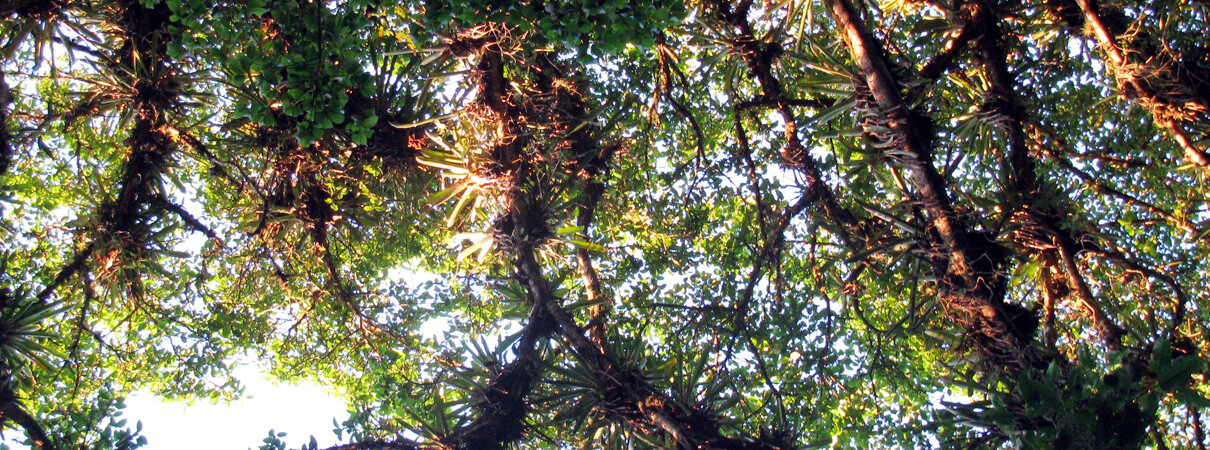
Bromeliads crowd the branches overhead in Serra du Urubu. Photo by Bennett Hennessey
That next morning, Ciro took us into the heart of Serra do Urubu—where the stands of ancient old-growth forest support a thick mass of bromeliads and epiphytes in their sanctuary of tropical humidity. These forests are where the real old-growth specialists can be found: birds that have adapted to a moist old-growth, thick-canopy, tall-tree, epiphyte-heavy habitat. This was the predominant habitat in this area a century ago, and now is only protected by a few fragments. Once we entered the ancient forest reserves, these extremely rare endemic birds became relatively easy to find.
This was in the early stages of SAVE Brasil's reserve creation and reforestation project, which was being managed by the eternally friendly Jose 'Zezito' Antonio Vicente Filho. With his guidance, we marvelled in this unique tropical forest habitat for two days.
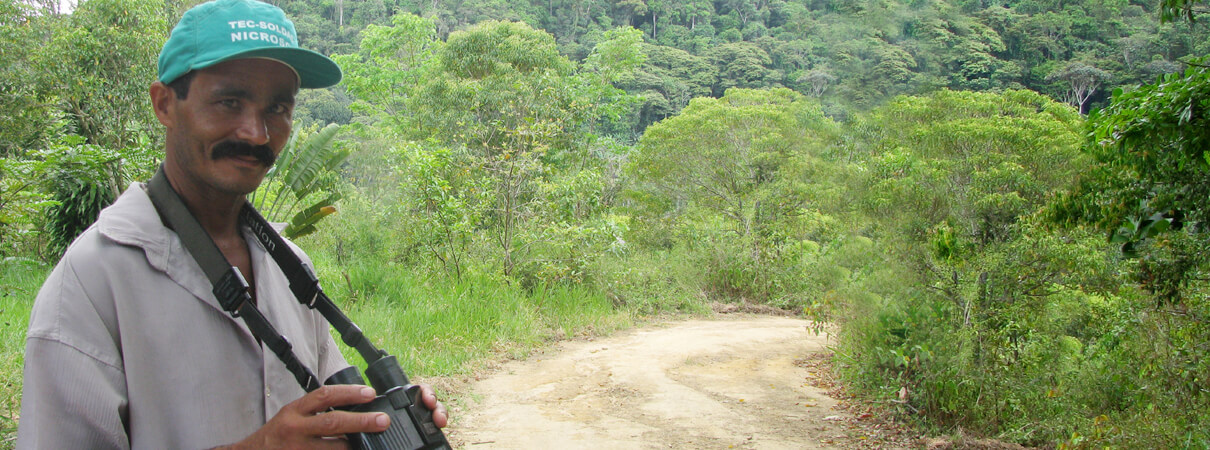
Jose 'Zezito' Antonio Vicente Filho manages the Serra du Urubu reserve for SAVE Brasil. Photo by Bennett Hennessy
When we left in the open 4×4 truck, Zezito asked for a lift into town. I will never forget that journey out of paradise, as Zezito—who had grown up there—pointed out the history of the area. The trip was dominated by the Portuguese word “acabado,” meaning done, finished, the end. As we took the curvy trip out of Serra do Urubu down the dirt road, Zezito narrated: In this spot there was a lush forest five years ago, acabado; over here 10 years ago was a large expanse of forest, acabado; two years ago this spot still had toucans, acabado; and on and on.
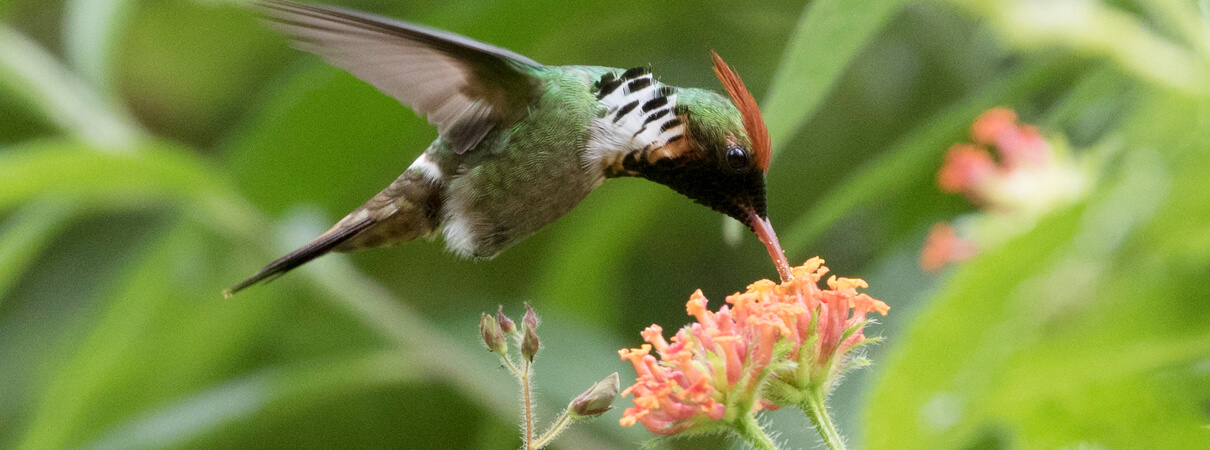
Frilled Coquettes and many other birds—including an astounding number of endemic species—can be found in Serra do Urubu and the other remaining pockets of Brazil's Atlantic Forest. Photo by Ciro Albano
Zezito's stories made it clear to me that we needed to get moving to conserve these precious places. Little by little, they are falling into the sugarcane abyss.
Thankfully, it is not too late for Serra do Urubu. The forest's core is solid; we just need to ensure the diversity for the future by expanding and protecting forest, rehabilitating some areas, and reforesting others. Through these projects we can secure the future for this important corner of natural wealth.
ABC and SAVE Brasil are working to purchase and protect 181 acres of Brazil's rare and precious Atlantic Rainforest. We have already reached our fundraising goal — thank you! — but every additional dollar helps us do even more to protect Brazil's rarest birds: Click here to donate


















































